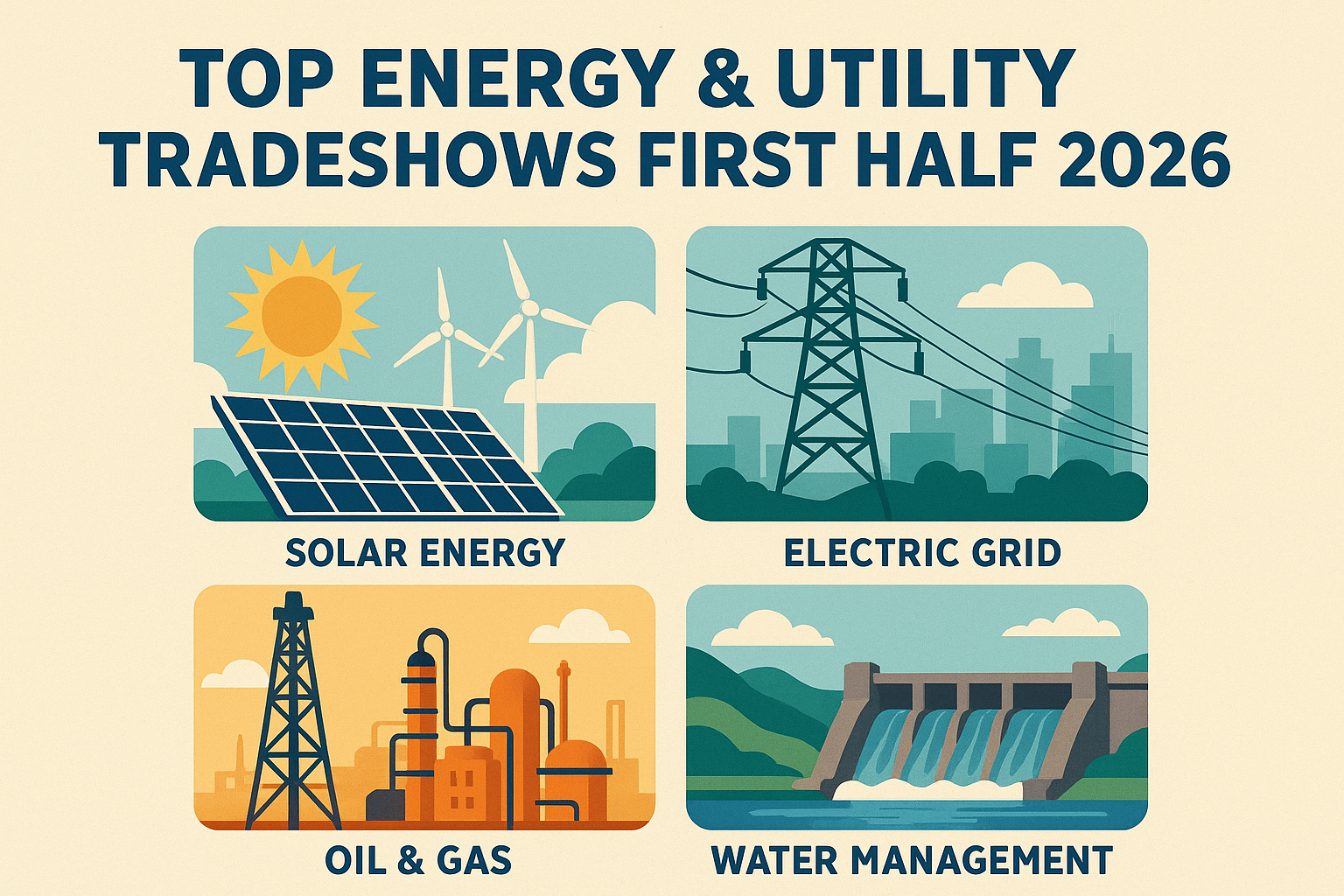Sales Development Reps (SDRs) are the front-line soldiers of any SaaS sales team. They are responsible for qualifying leads, setting appointments, and nurturing relationships with potential customers. But as any SDR knows, the job is not easy.
The late American author and entrepreneur Jim Rohn once said:
To succeed in sales, simply talk to lots of people every day. And here’s what’s exciting—there are lots of people!
One of SDRs’ biggest challenges is not knowing how many accounts to go after at a time. On the one hand, they must be aggressive and reach as many prospects as possible. On the other hand, they don’t want to spread themselves too thin, not get adequate accounts qualified, and end up burning out.
Another challenge SDRs face is knowing when to replace their account list. If they’re not getting any traction with a particular list, it’s time to move on. But at what point? What’s the line between not trying hard enough and beating a dead horse?
Through this blog, we’ll talk about how SDRs can build a predictable and scalable prospecting pipeline.
Always start with backcasting
Imagine you want to climb Mount Everest. You wouldn’t just start hiking up the mountain without a plan. You would first need to figure out how many days it would take you to reach the summit, what gear you would need, and what challenges you would face along the way.
Backcasting is a similar planning method that can be used to achieve any goal, including predictable revenue. With backcasting, you start by defining your desired outcome (in this case, predictable revenue) and then work backward to identify the steps you need to take to get there.
Applying backcasting to your prospecting process:
- Predictable revenue happens when you have a predictable pipeline. And that means you know how many leads you need to generate, how many leads will turn into qualified opportunities, and how many will close.
- A predictable pipeline happens when you have a predictable salesperson. You know how many leads you need to contact daily, how many might qualify as opportunities, and how many opportunities would close.
- A predictable salesperson is someone who has a predictable calendar. This means you have a set schedule for prospecting, qualifying, and booking demos for their AEs.
- A predictable calendar is a result of building predictable habits. These habits include setting time blocks daily for researching the prospect, prospecting across channels, following up, and not dropping the ball on existing conversations, etc.
Once we have clarity on what it takes, it comes down to building a repeatable process to execute it.
The 4 step prospecting framework
Perseverance is at the heart of prospecting. As the saying goes, you are what you repeatedly do. It’s about daily habits, not about the end goals. Here’s a process you can follow so that results are a natural consequence.
1. Ensure clarity on ICP and value proposition
Unfortunately, this is the most commonly missed step. As an SDR, you need absolute clarity on who your ICP (ideal customer profile) is.
This means having absolute clarity on the following:
- whom you sell to
- what stage of business maturity are they in
- what should their current tech stack look like
- why your product or solution is a fit for them
- what their pain points are
- what their buying process looks like, and more.
Typically it starts with analyzing your existing list of customers and understanding why they bought from you, which competitors they compared you to, and what worked in your favor.
And that directly translates to asking two questions:
? How do I identify similar accounts with similar buying intent at scale?
? How do I build a relevant pitch for every account on my list?
That leads us to how we should build the right accounts.
2. Build and prioritize the right accounts
Do not buy lists. Do not spend your hard-earned dollars on intent data. Why?
A target account searching for a keyword relevant to your business doesn’t mean they’re in the buying process. You want to build a list of accounts that exhibit potential buying behavior with clear information on their pain, budget, current resources, technology investments, vision, decision-makers, and more.
On a side note, you might want to read the below blog post on how to prioritize accounts that are ready to buy ?
Using a tool like B2Brain can help you prioritize the right list of accounts you want to focus on. B2Brain automates the time-consuming and complex process of identifying and prioritizing potential customers, thus freeing up your time for prospecting.
All you need to do is—upload your target accounts list that you might have in a spreadsheet and select the key signals and locations based on which you want to prioritize those accounts.
The platform uses machine learning algorithms to ingest information from multiple data sources relevant to your target accounts, such as news, blogs, articles, financial reports, social media, etc. It thus helps you uncover a wide range of trigger events, strategic shifts, and changes within those target accounts. It gives you a report on those accounts, prioritizing them based on their buying intent.
That brings us to the next step—establishing relevance with the target accounts you prioritized.
3. Map the right message for each account
The third step is to have absolute clarity on who you should contact in a given account and with what message. It’s hard to get in front of the right people, but when you do, you want to be clear, concise, and persuasive.
As a growing organization, you don’t want to burn bridges.
What’s the point of reaching out to 50 accounts with a standard message that gets ignored, and you replenish your account list every two weeks?
With B2Brain, you instantly know whom to reach out to and have clear insights into what should be the focus of your conversation at scale. And you get these insights right within your CRM, so you don’t have to have several tabs open searching for the right pitch for each account assigned to you.
The key is knowing why the pitch is right for the account. The talking points that B2Brain gives you comes from gathering account insights across multiple sources, each of which is referenceable.
For example, the talking points shared below tell you that Shape Corp might be in the market for smart manufacturing solutions. It also gives you an insight into their vision and how your solution can fit into their journey, helping them accomplish their goals.
As an SDR, you might currently be spending one day every week gathering account insights that’ll help in outreach for the rest of the week. Now, with the right account insights delivered within your CRM, you can be more productive with more time for outreach.
4. Leverage multithreaded prospecting
The fourth step is to use multithreaded prospecting. You probably know this already: a ‘touch’ typically refers to an instance when you cold-called a prospect, sent them an email, engaged with their LinkedIn post, or gave them your business card during an in-person event.
It doesn’t have to be interactive to qualify as a touch, but it should at least get the prospect to notice you. Multi-touch is an extension of the same action repeated many times over and through multiple channels such as email, social media, community, phone, etc.
Prospecting, in general, is a tricky affair—and multi-touch prospecting is doubly so. If you don’t do it right, you might deliver a bad experience. We’ve put together a blueprint as a starting point to make multi-touch prospecting work.
You can put your own spin on the below touches and build them into a 15-touch sequence across multiple channels:
Sticking to your sequences requires a lot of rigor, regardless of whether you get a response. And this is where building the right habits and scheduling time blocks help.
It’s important to be aware of the mental blocks and value judgments where you might feel it’s not worth pursuing an account after 4-5 touches as you are not getting the desired outcome.
You might have all the account insights you need and the best possible pitch. Still, it often boils down to being relentless and staying relevant for long periods.
Checklist to review your account list before replenishing them
Being consistent doesn’t mean you should work with the same account list for months at a time.
Here’s a checklist we follow at B2Brain which might help you when to get your accounts replenished with a newer set:
Step 1:
Always start with a list of accounts worth 4 weeks of outreach (typically 25 accounts with 4-5 key contacts per account)
Step 2:
Verify the contact list in those accounts and ensure you have enough qualified contacts for your next 4 weeks of outreach
Step 3:
Set up your communication systems hygiene such as:
- Email SPF, DKIM, and DMARC for designated sending domain
- Phone local numbers or dialers for your outreach
Step 4:
Block time on your calendar for:
- Research – we recommend automating this stage for better productivity
- Calling
- Emailing
- Multithread follow-ups
Step 5:
Once you have completed your multithreaded sequence, categorize your accounts into:
- Accounts ready to book a meeting with your AE
- Accounts with no traction
- Accounts with occasional traction
Step 6:
Categorize the accounts with occasional traction into two subcategories:
- Accounts that can be put on a nurture drip for the future
- Accounts that have the potential to qualify and progress if given more attention (based on a combination of responses and updated account intelligence)
Closing note…
Most SDRs give up too early. They think that if they don’t get a response after a few tries, it’s not worth their time to keep going. But that’s a mistake.
The reality is business environments change all the time. What a prospect is looking for today may not be the same thing they’re looking for tomorrow. You could miss out on a big opportunity if you give up after a few tries.
We all know it’s not easy, but it’s worth its weight in gold when it works ?




